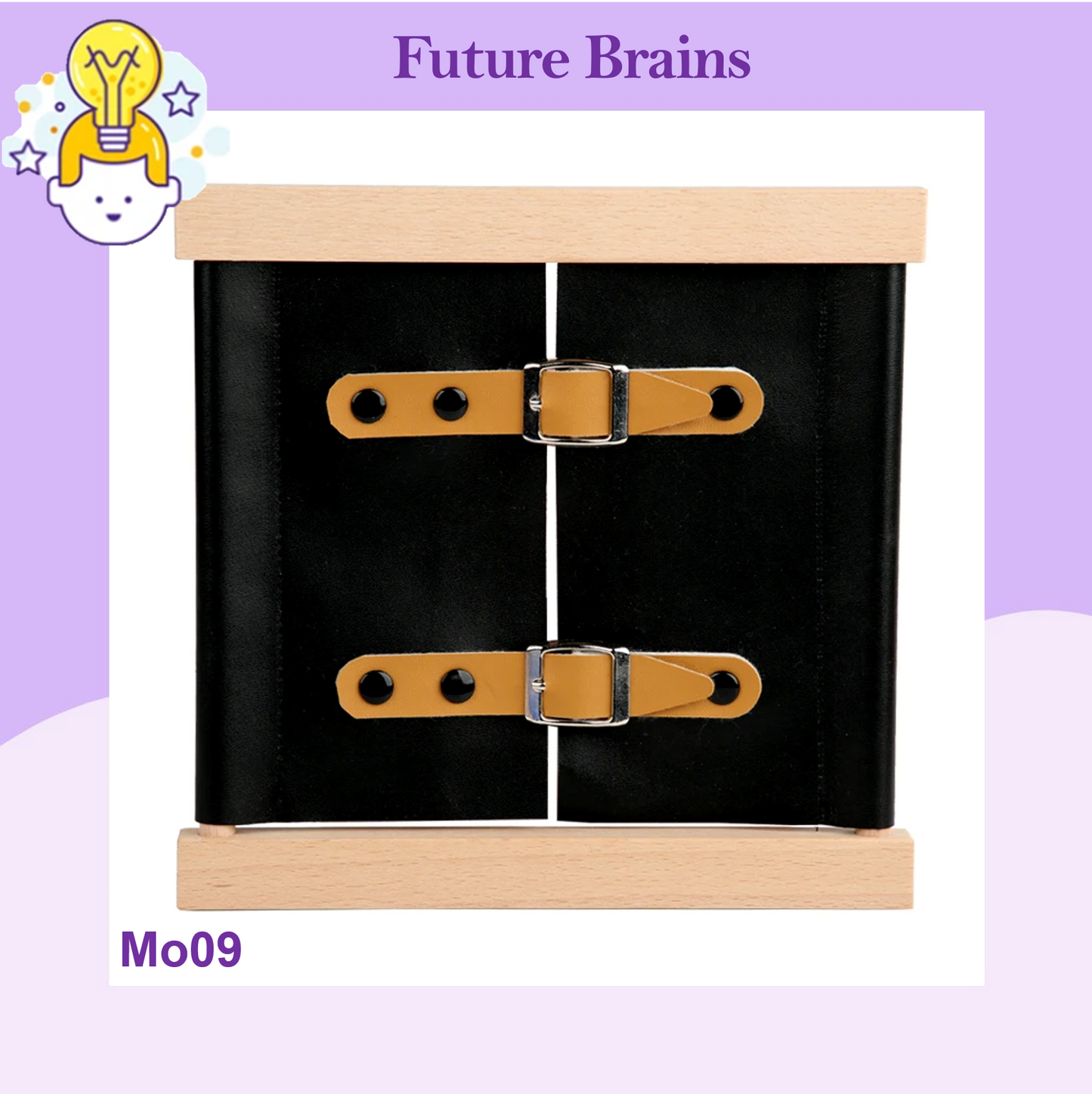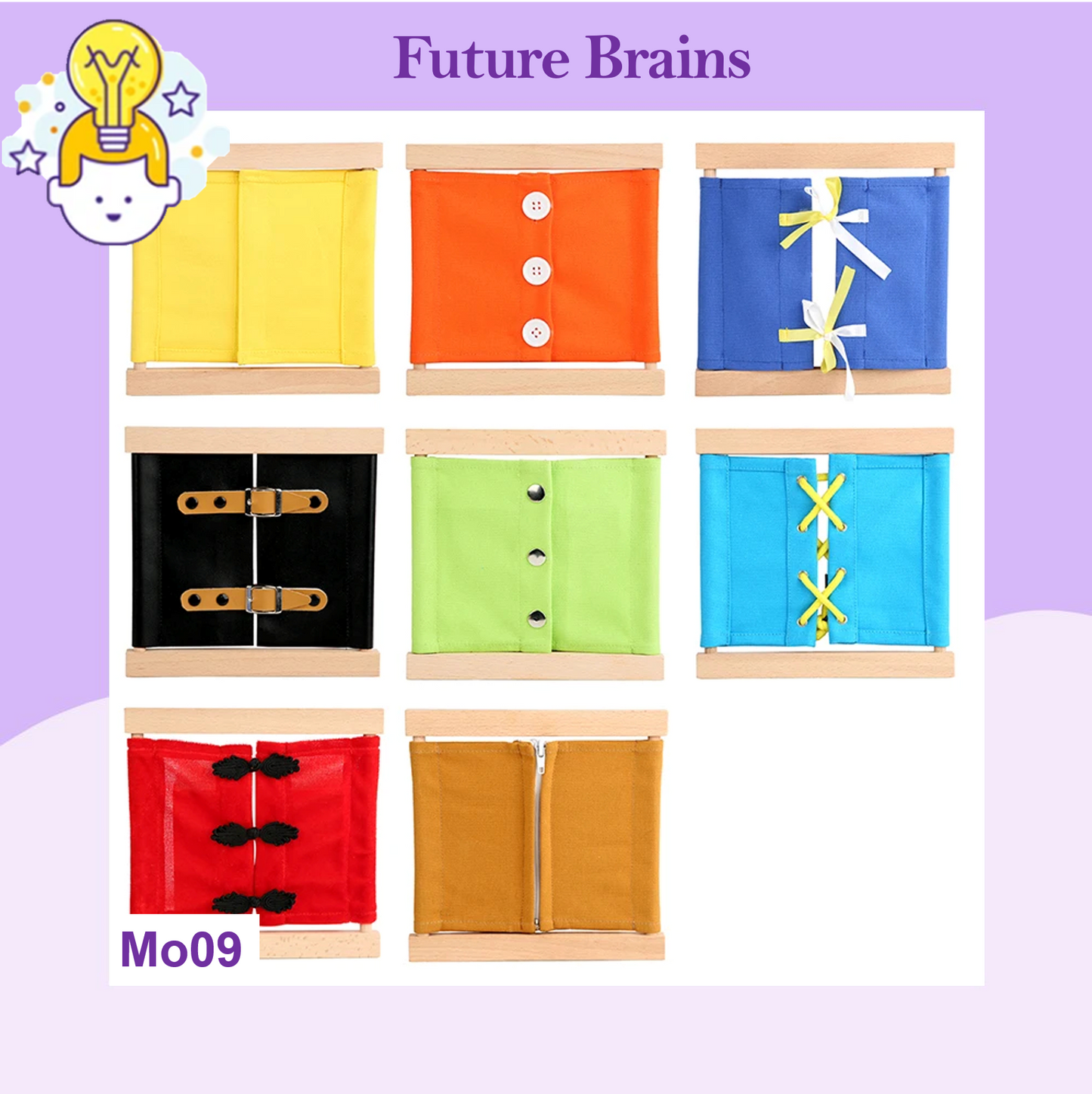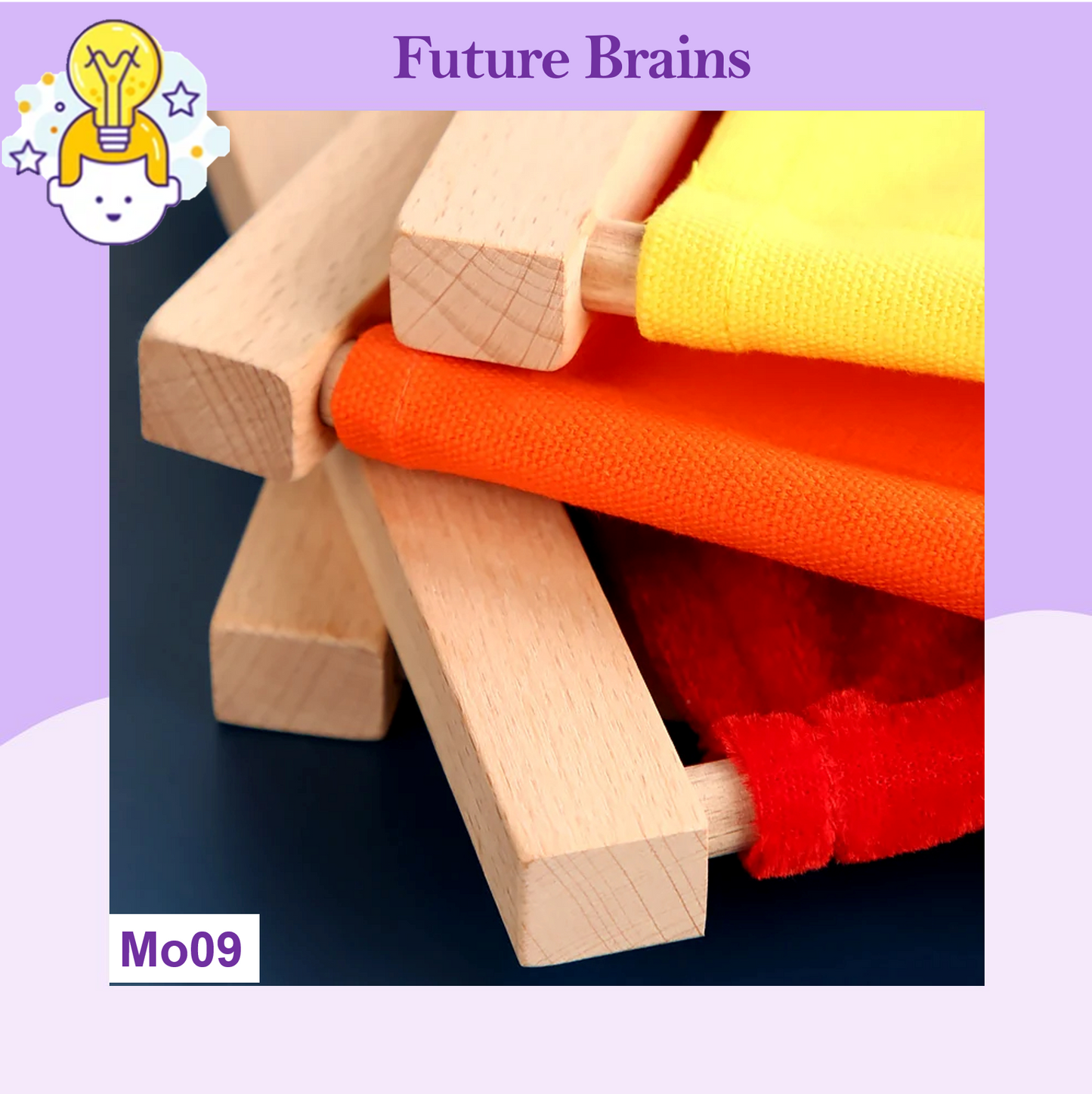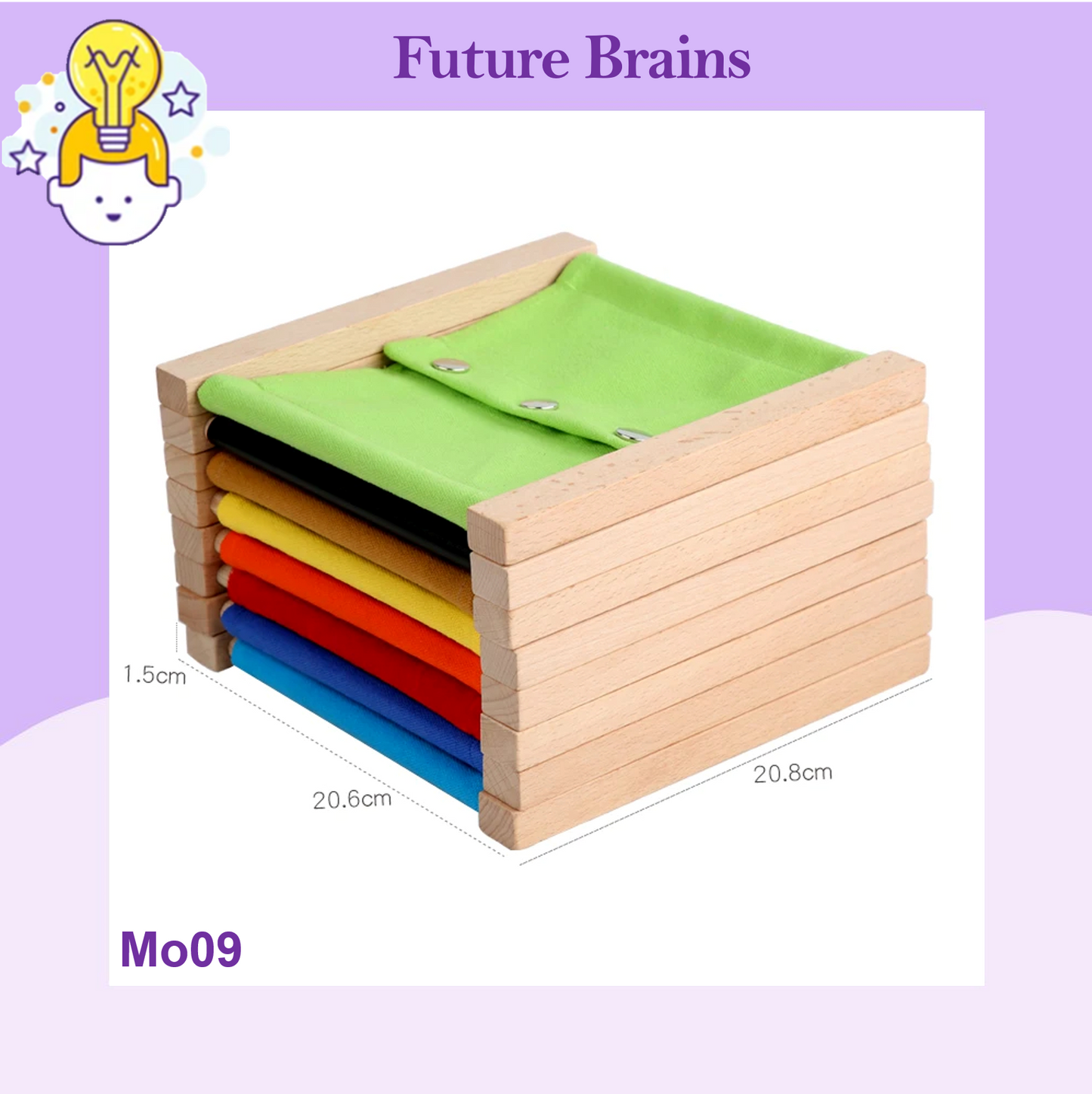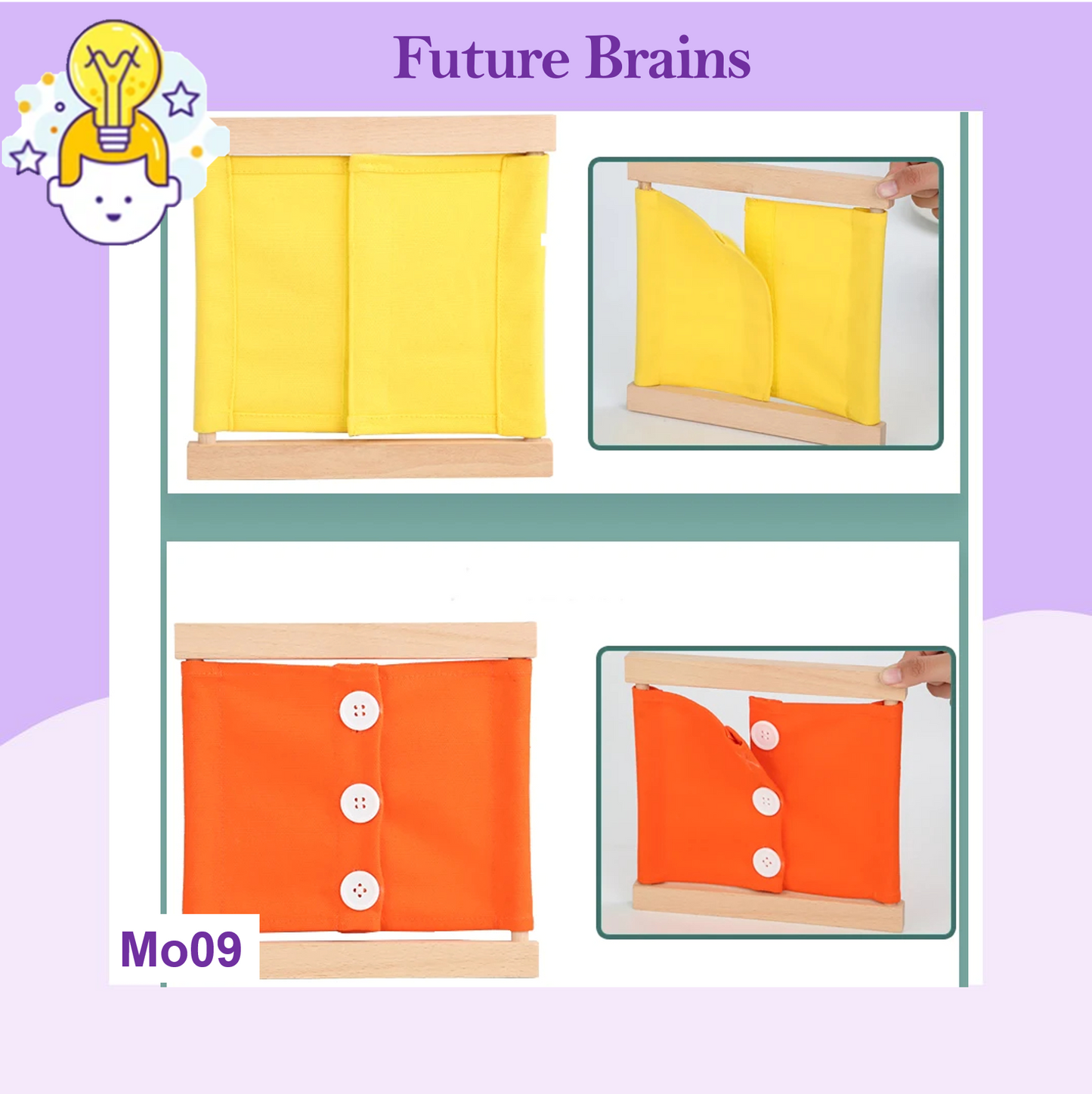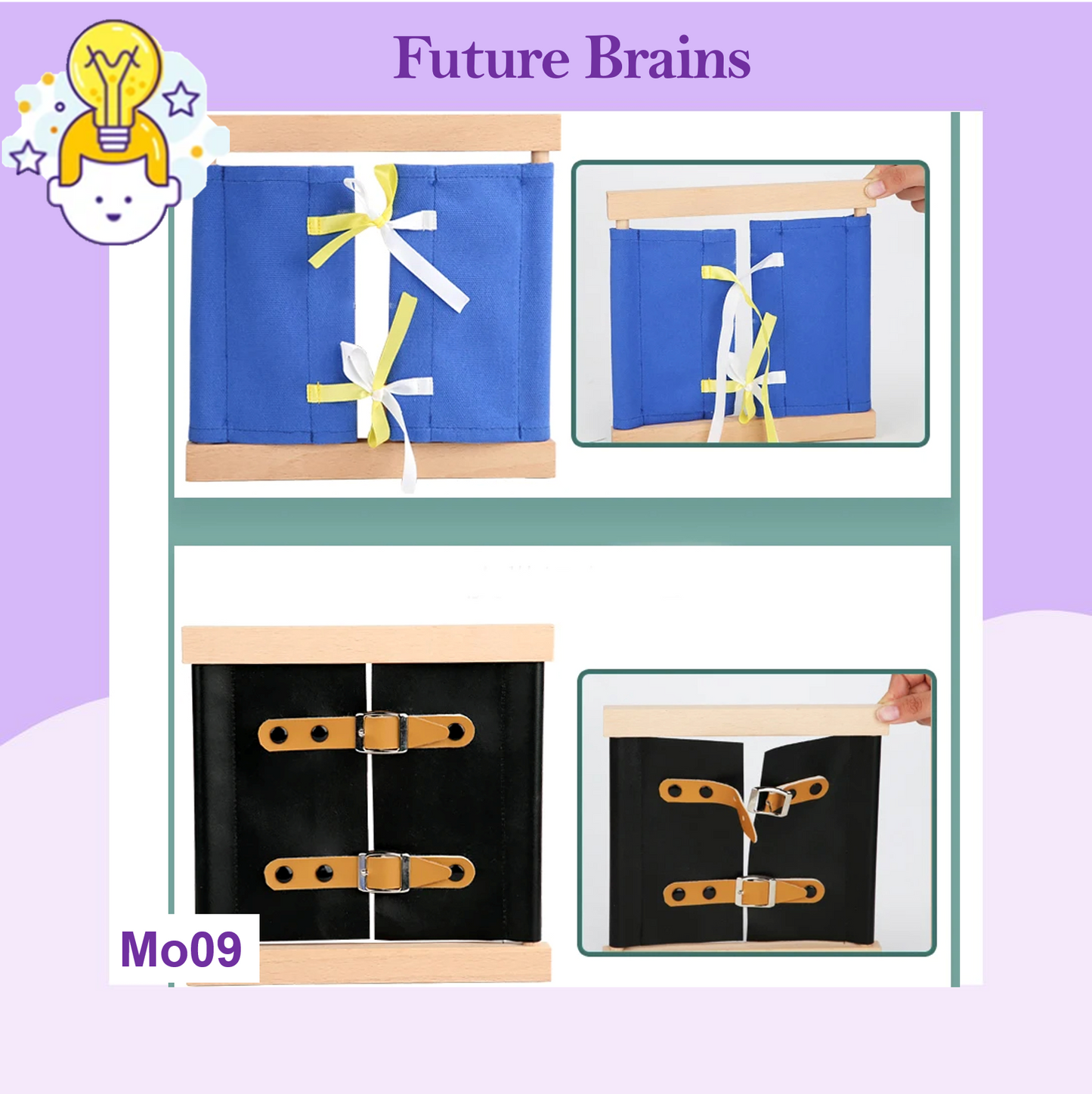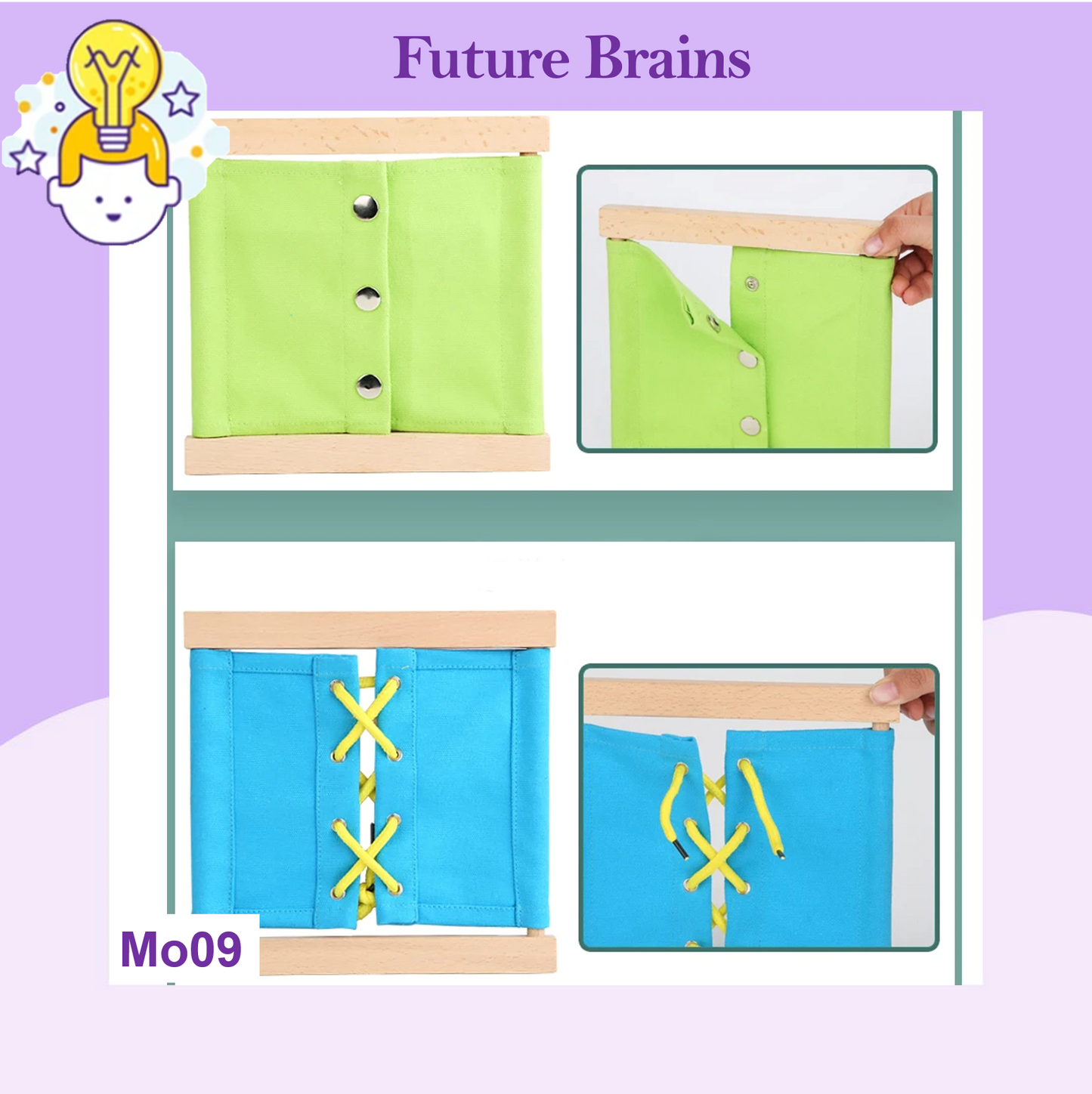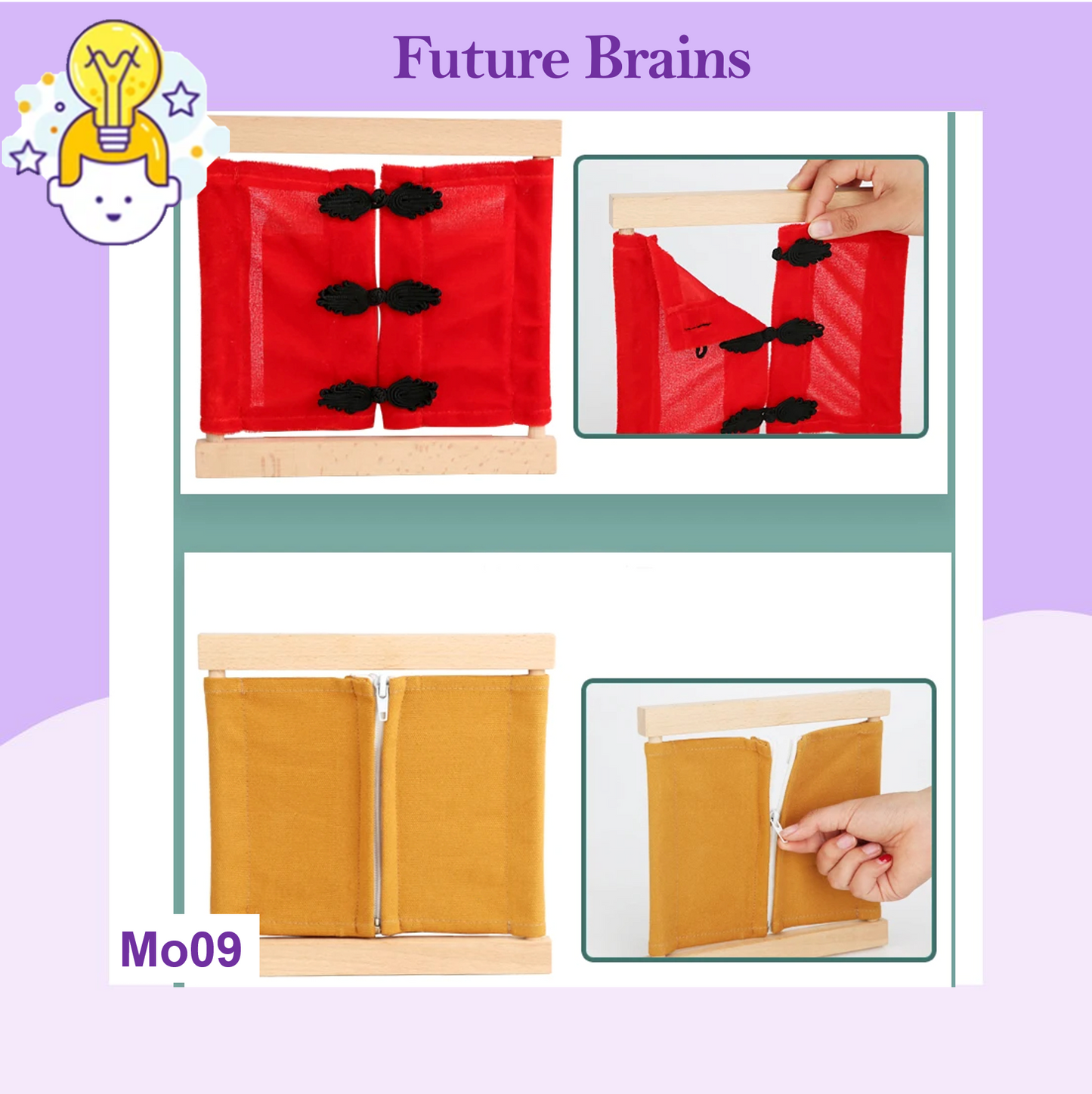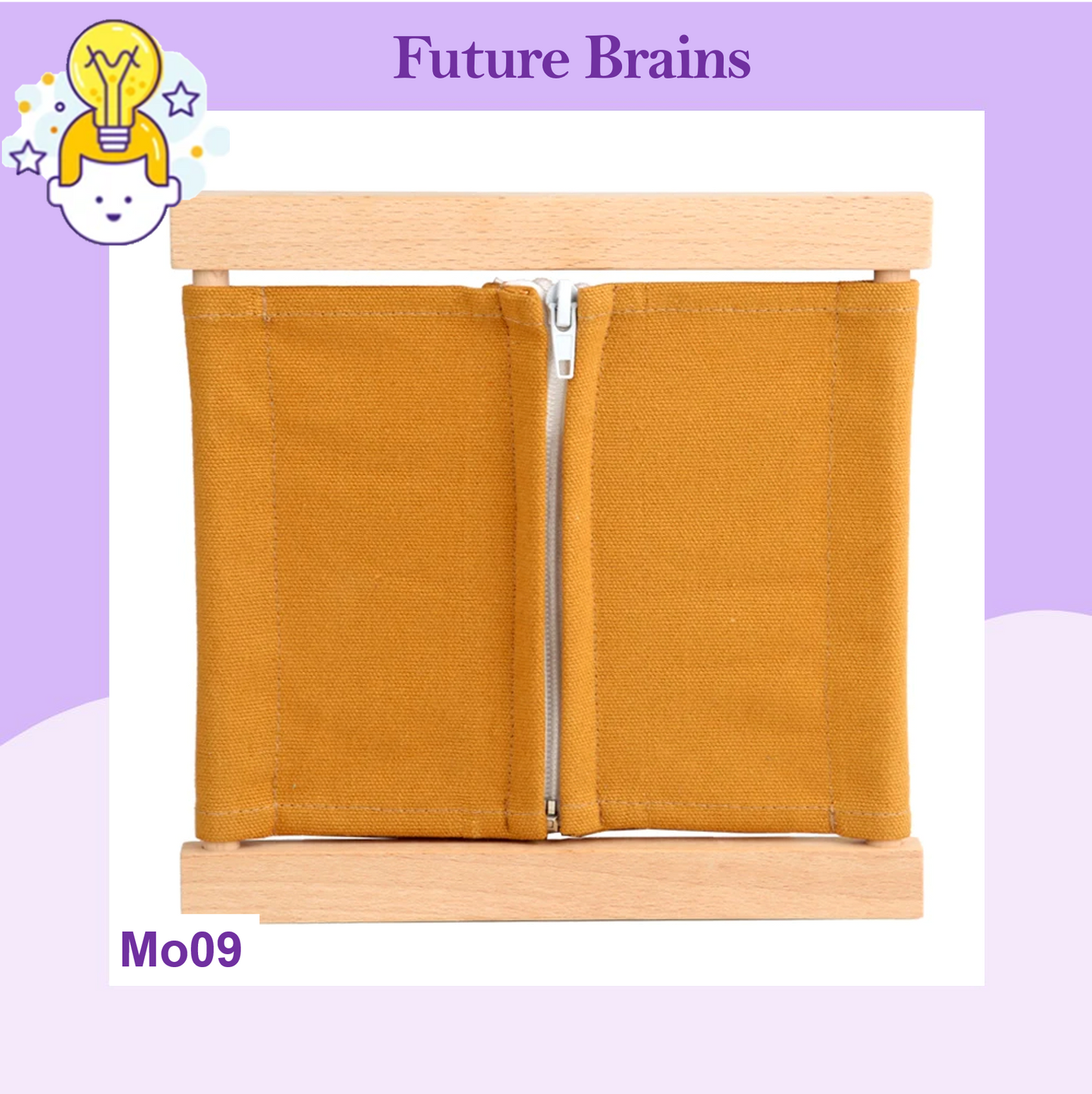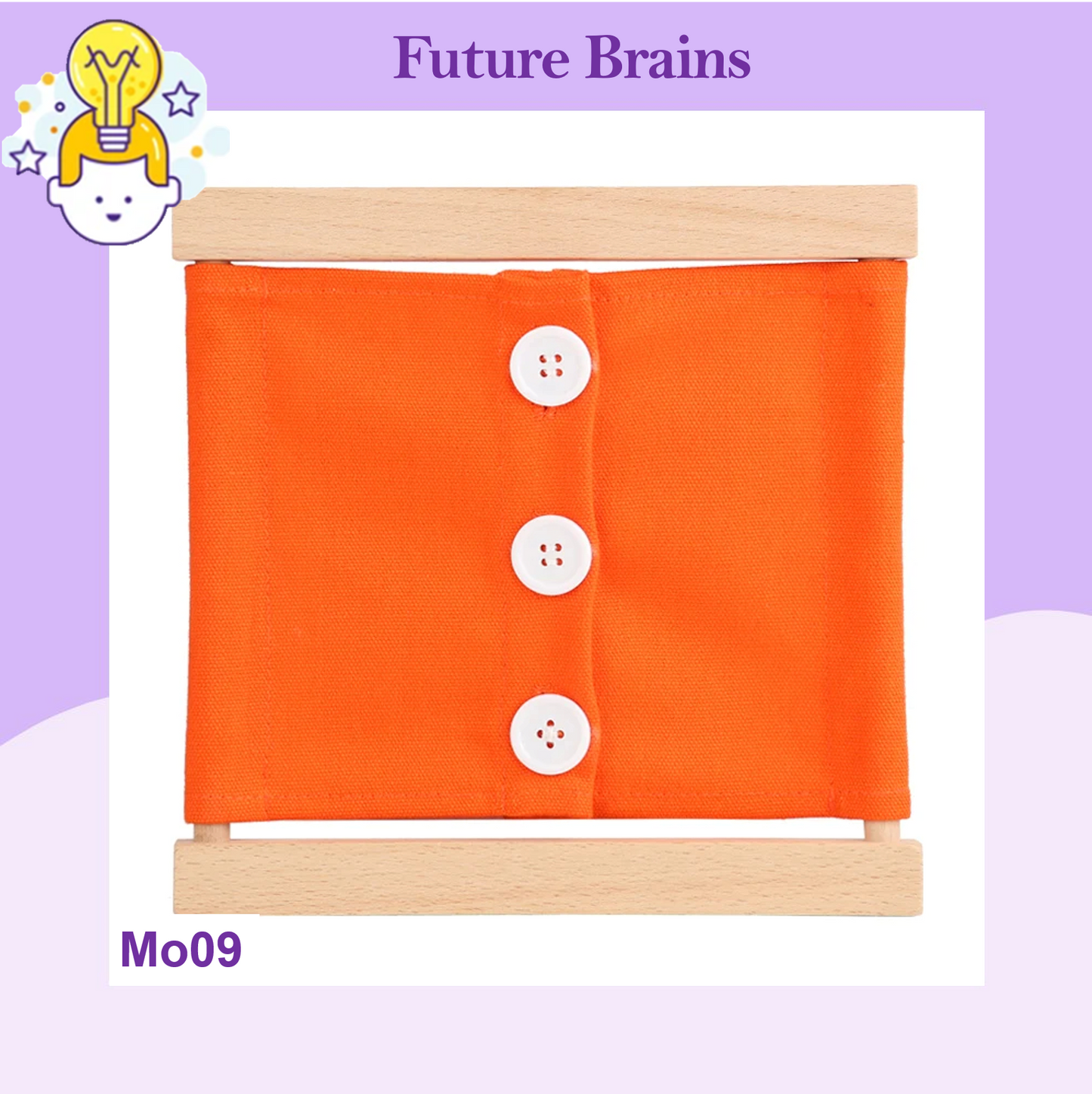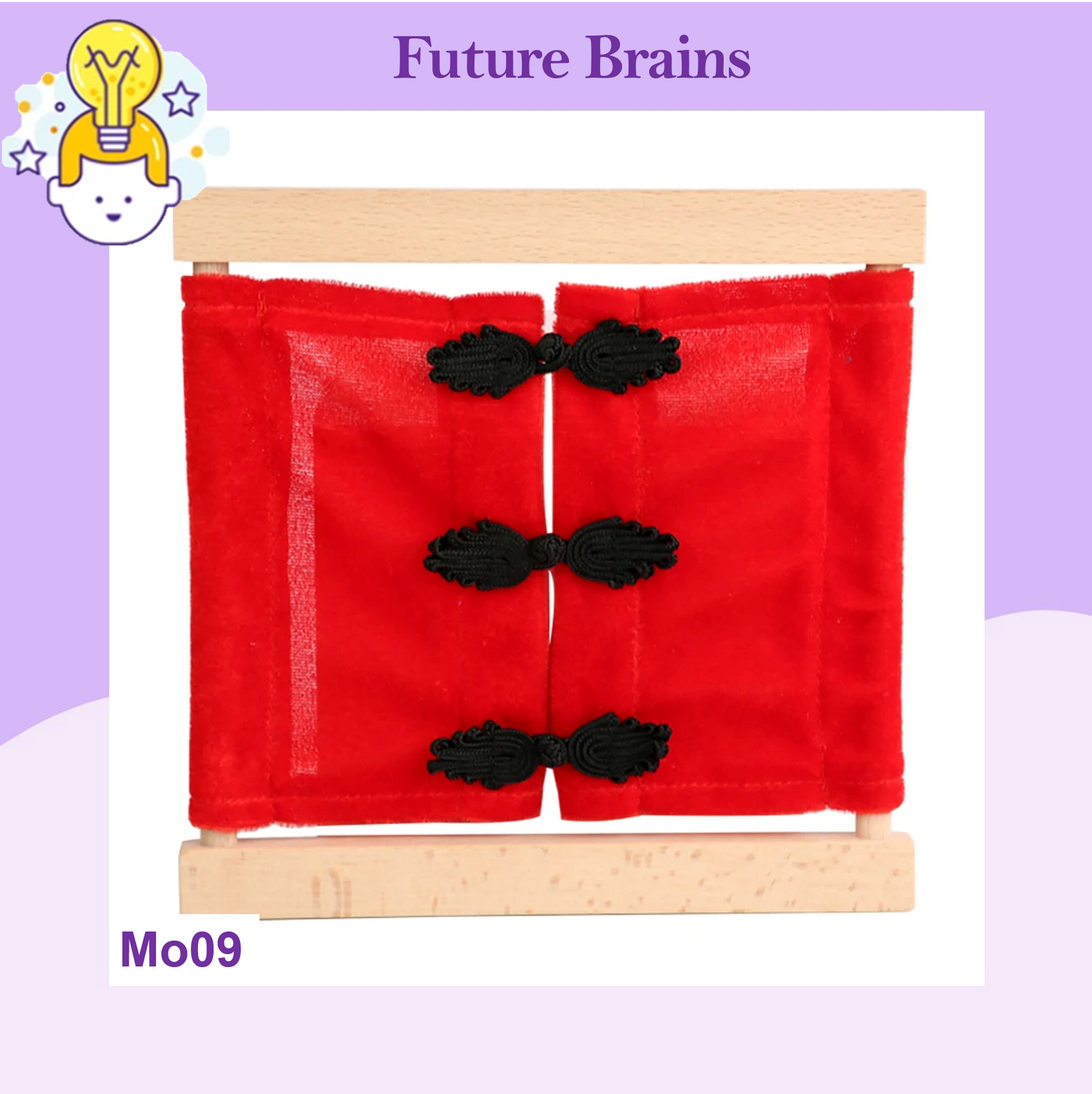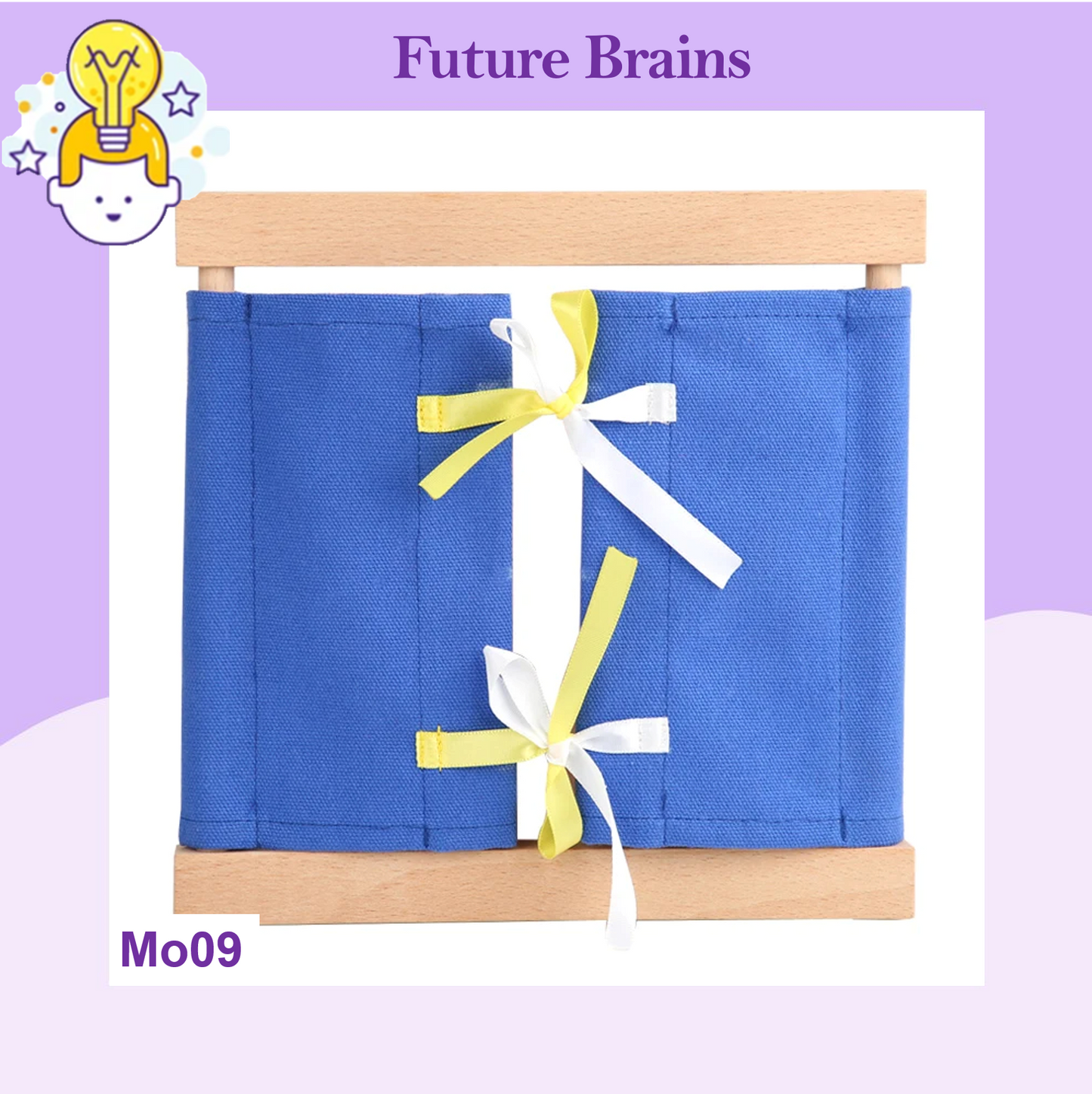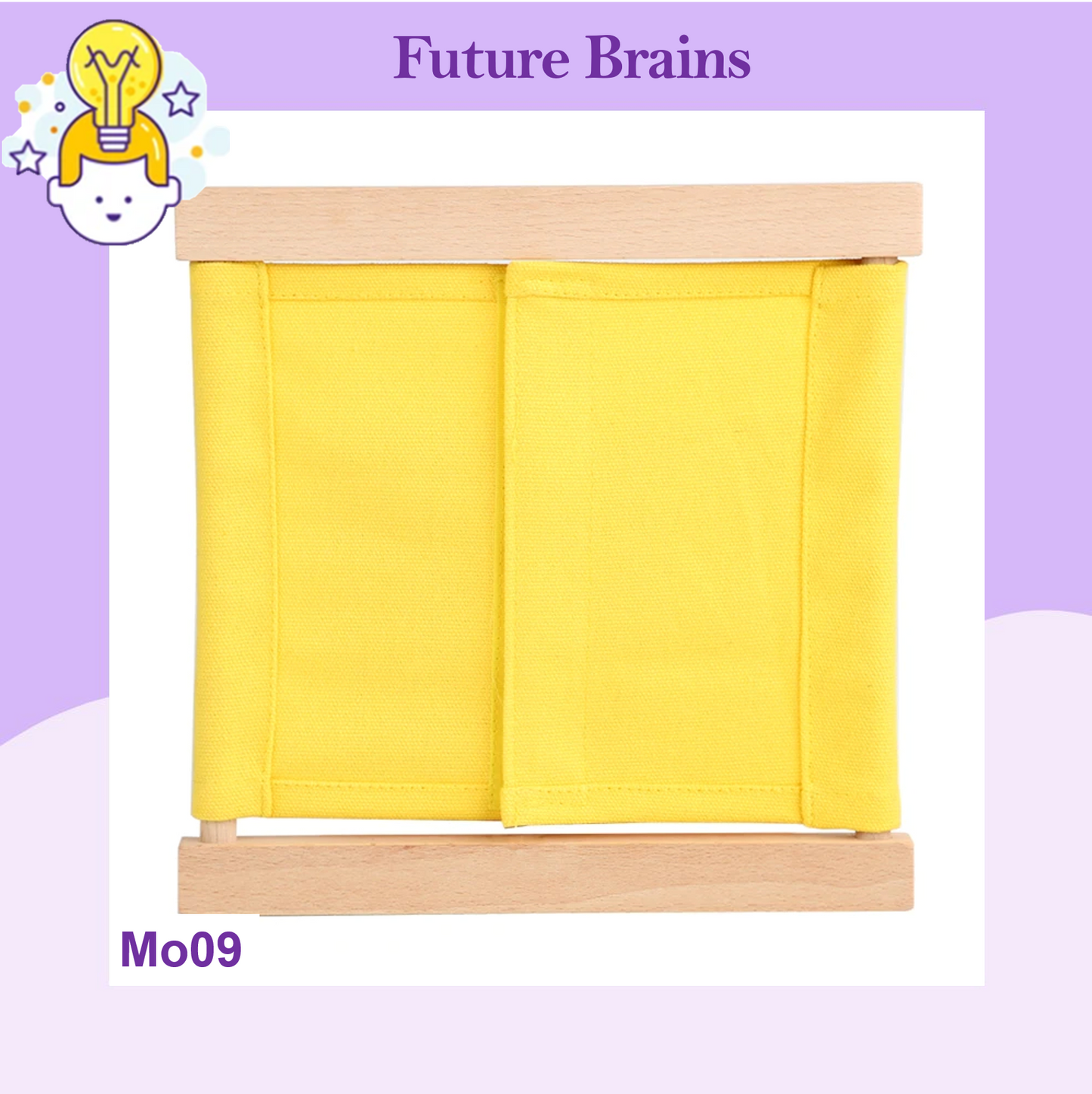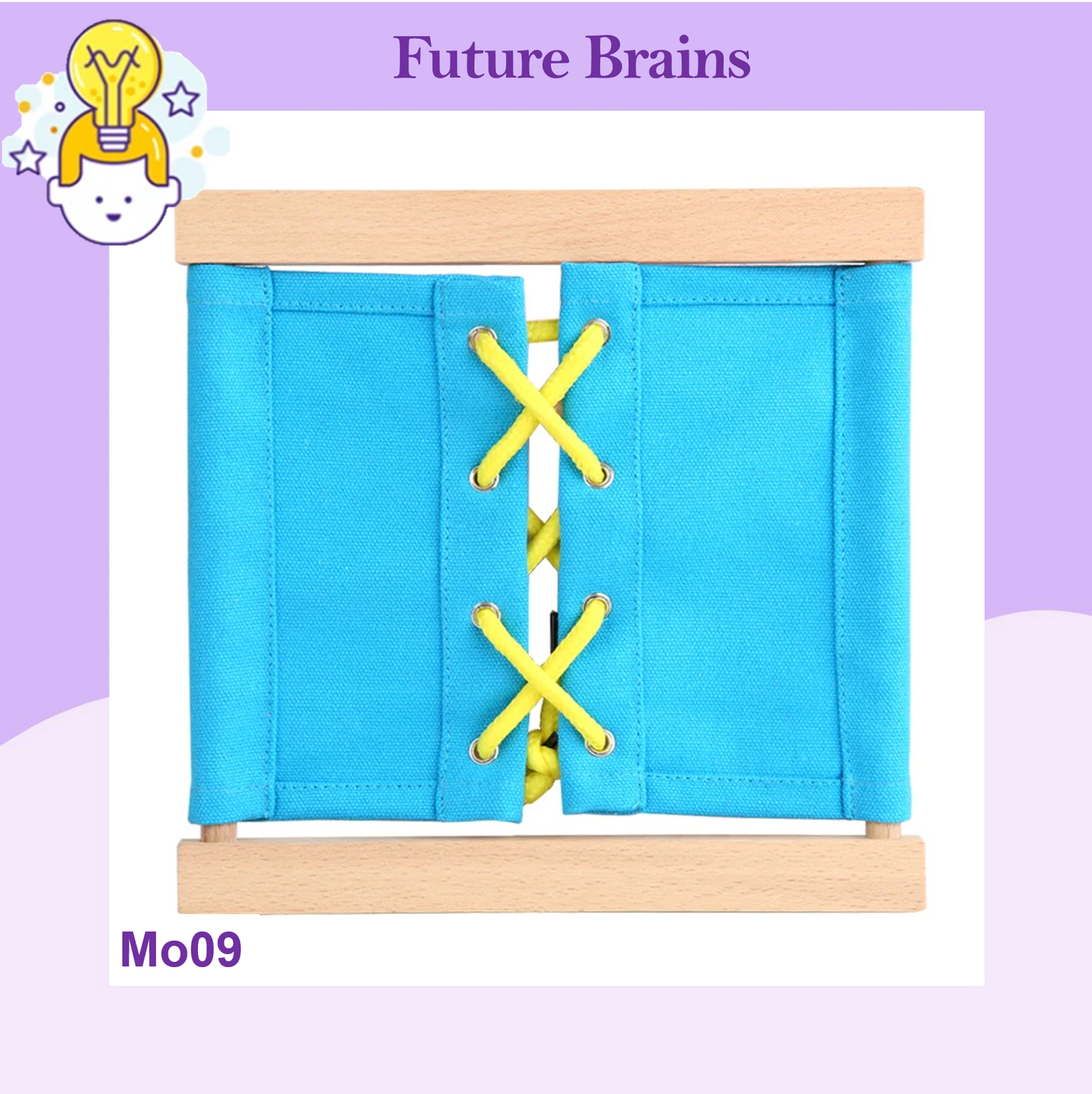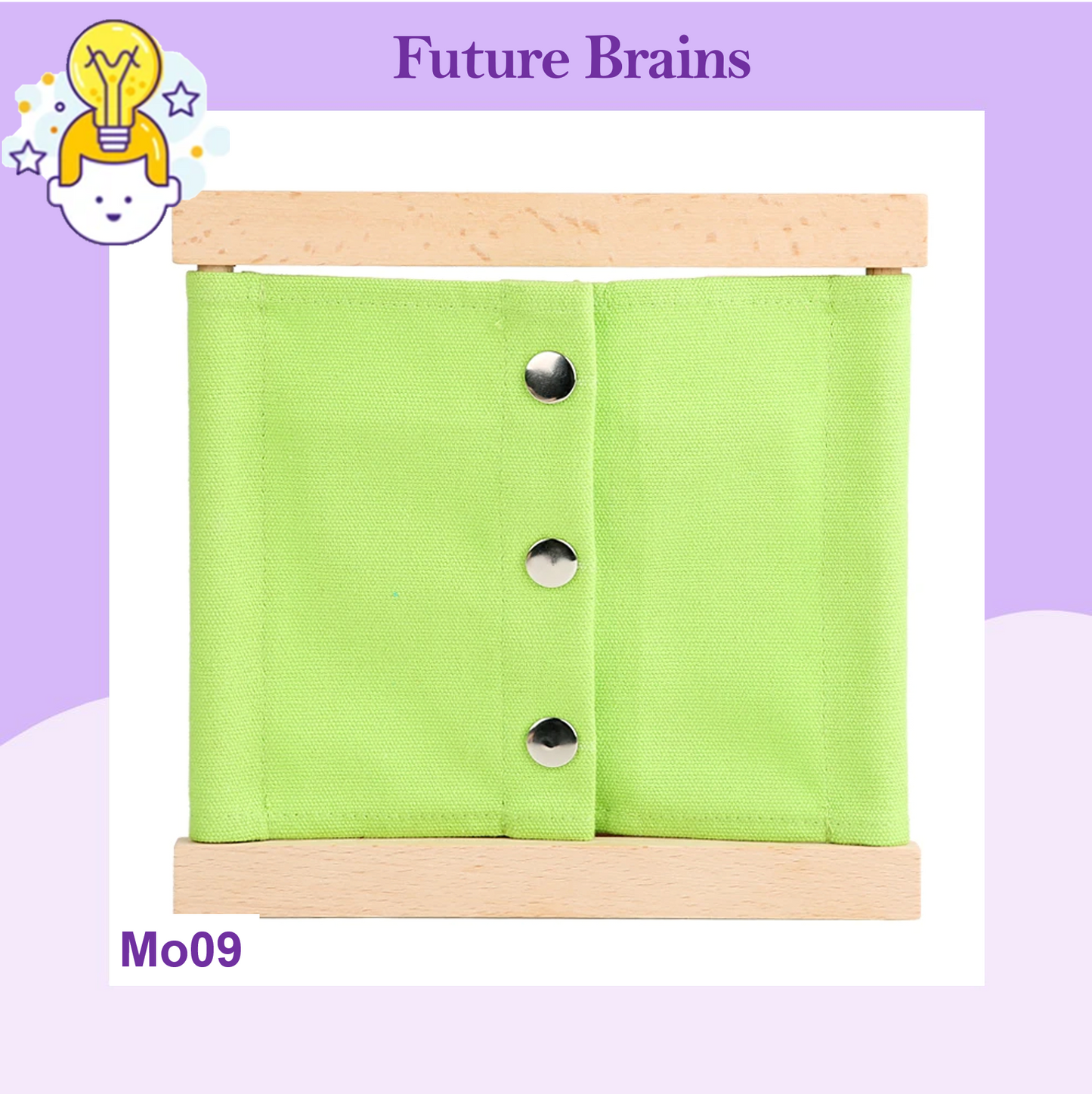1
/
of
10
Mo009 - Montessori dressing frames
Mo009 - Montessori dressing frames
Regular price
$5.00
Regular price
Sale price
$5.00
Unit price
/
per
Taxes included.
Low stock: 2 left
Couldn't load pickup availability
This Montessori-inspired tool supports the development of practical life skills and helps children gradually become more independent in their daily activities. Through repetition and focus, it helps them master the skills needed to dress and undress with ease.
Features:
- Skill Development: Helps children refine fine motor skills, hand-eye coordination, and precision in gestures.
- Practical Life Skills: Encourages learning to dress and undress independently with systems like zippers, buttons, snaps, laces, and buckles.
- Autonomy and Concentration: Designed to help children develop autonomy and the ability to focus on everyday tasks.
Product Details:
- Age: 20 months+
- Material: Cloth + wooden frame
- Dimensions: 20.8 x 20.6 x 1.5 cm
- Includes: 1 Dressing Frame with various attachment systems (zipper, button, snap, strap, etc.)
Share
